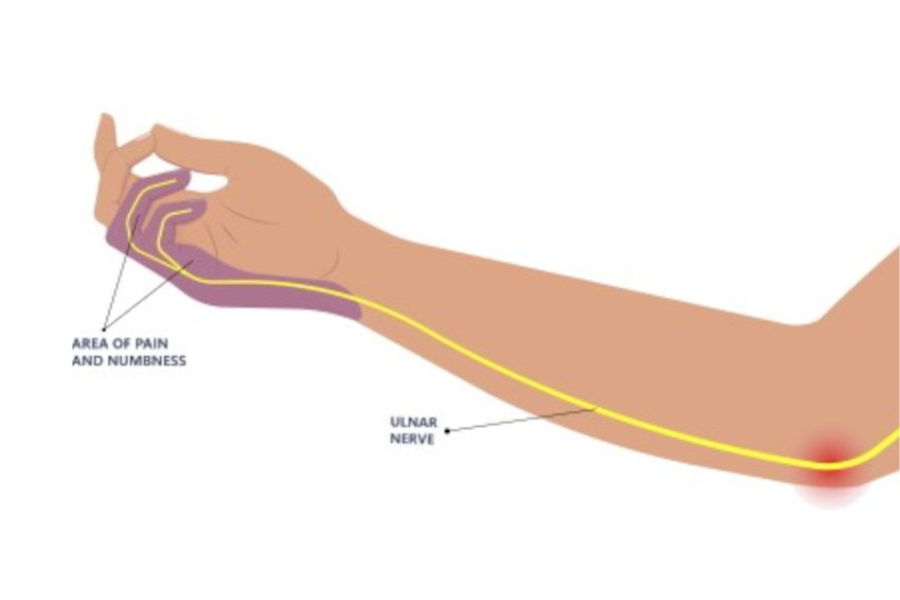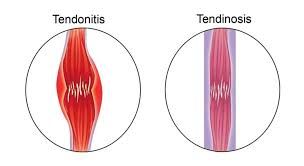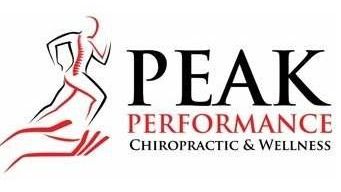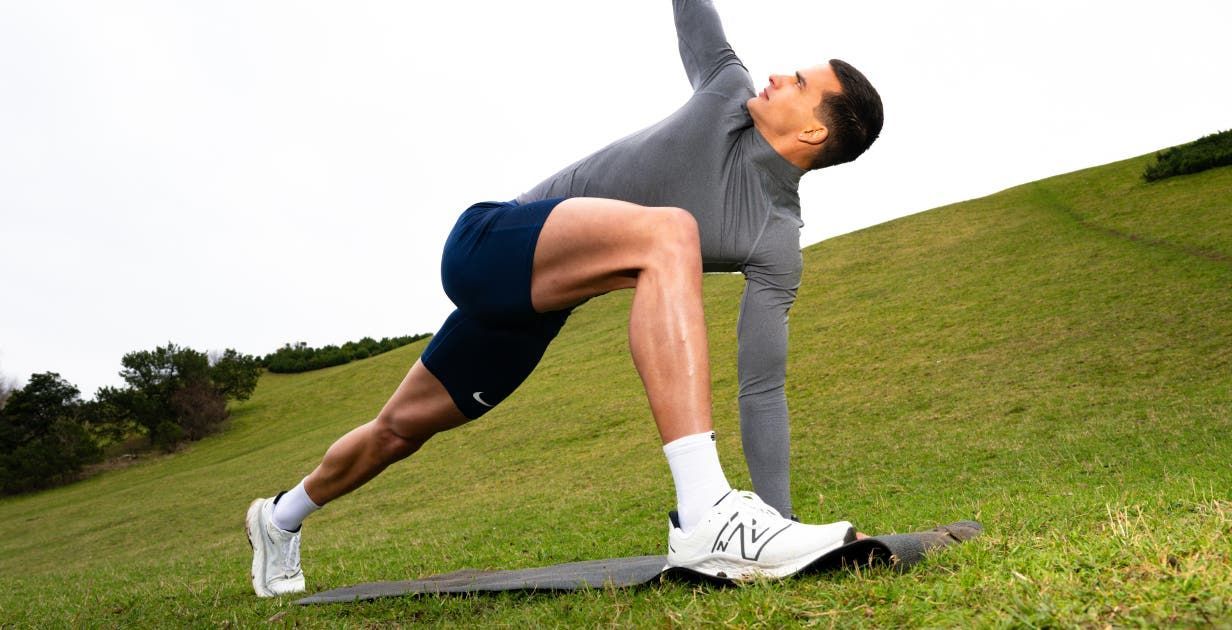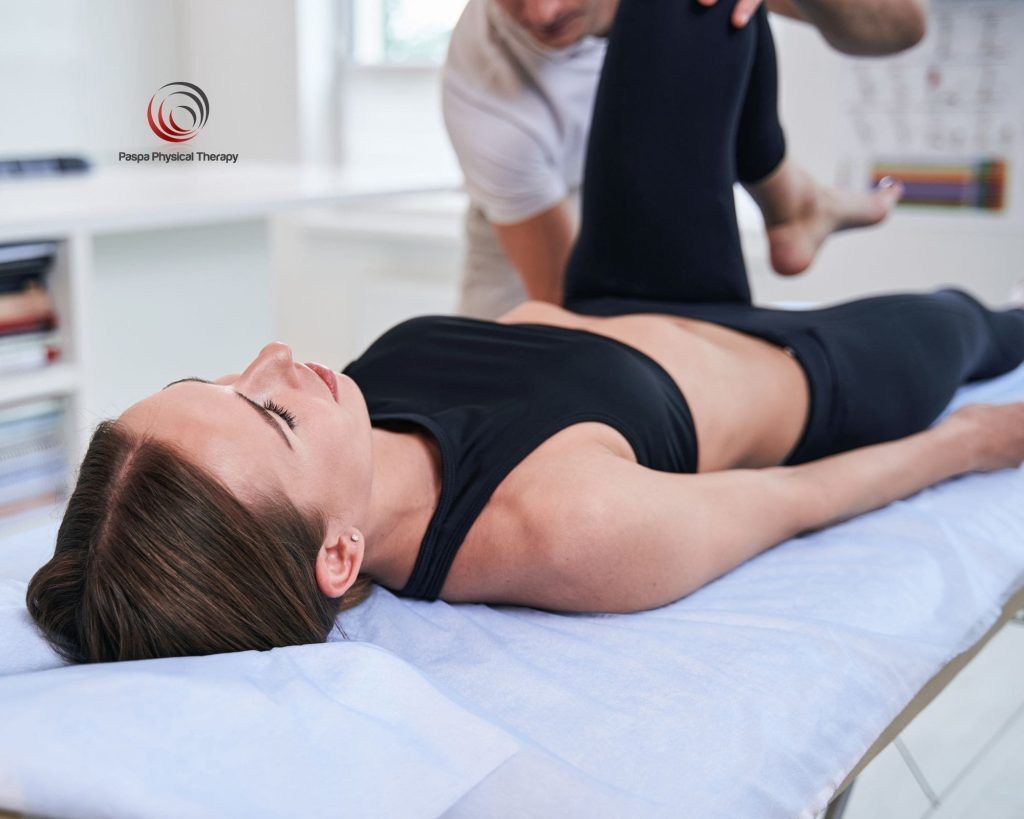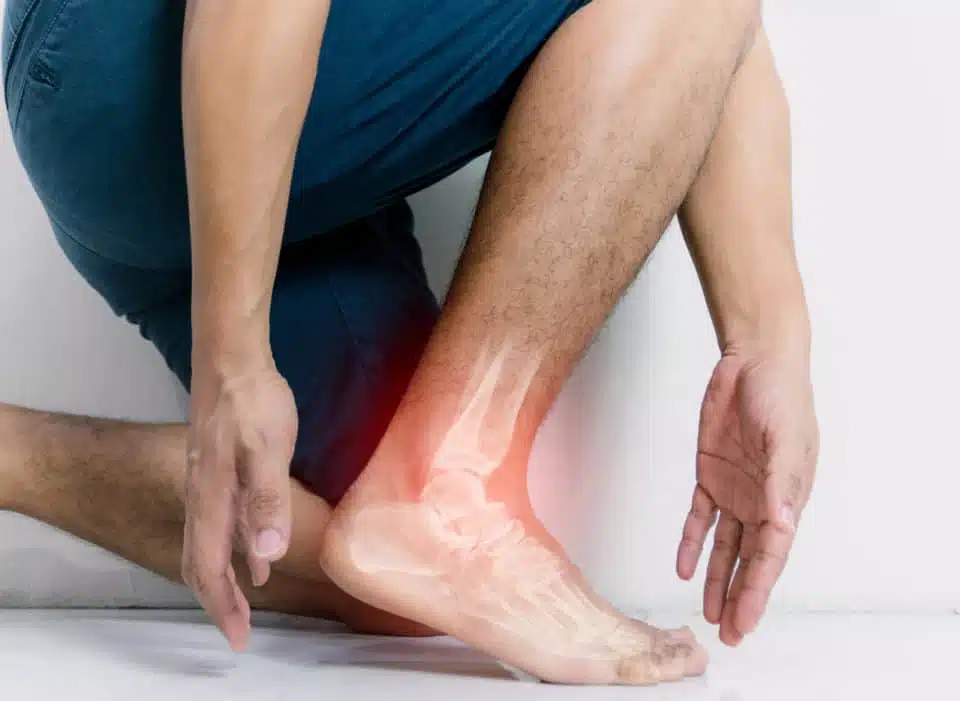Trigger Points

If you’ve been a faithful patient in the chiropractic and massage world, you’ve likely heard ‘trigger points’ tossed around. This is usually followed by your provider finding the most sensitive spot possible in your muscle and you jumping off the table. So, what are trigger points, how do they occur, and how is your chiropractor and massage therapist actually helping you when they press into them (despite what you may think)?
According to the National Institute of Health, trigger points are “discrete, focal, hyperirritable spots located in a taut band of skeletal muscle.” You can feel trigger points in your muscles—they feel like little knots deep under the skin. They can be caused by stress, injury to the muscle, overuse, poor posture, and even vitamin deficiencies. Depending on the severity of the trigger point, they can be fairly sensitive when pressed and there may be pain that radiates to other locations of the body.
There are specific referral patterns that occur for each trigger point. Referral pain occurs because the nerves in our body are part of a large, connected network. You’ve probably heard that people having a heart attack feel pain in their left arm, that’s an example of referred pain. The most common places for trigger points are in the neck, shoulders, low back, and hips.
Trigger points in the neck and upper shoulder muscles, especially the trapezius, can refer up and cause headaches. Other shoulder trigger points can refer down the arms while low back ones tend to inflict upon the gluteal region and the back of the thigh. Even ones that don’t refer can still be extremely sensitive to the touch which makes releasing them a necessary experience, though unpleasant experience.
The best way to release trigger points is to massage the target with deep pressure. This breaks up adhesions in the muscle fibers restoring normal function and increasing the amount of oxygen to the area. When pressing the trigger points, you must apply firm pressure for 10-20 seconds which can be uncomfortable but well worth it in the long run. Other techniques that can relieve the pain of trigger points include icing the area, foam rolling, static stretching—especially after workouts, and using a tennis ball or lacrosse ball to massage the area.
If these therapies don’t improve the condition of your trigger points, another method—trigger point injections—may be used. This involves a doctor injecting a very thin needle into the trigger point with a local anesthetic and it becomes inactivated. Typically, patients will experience relief using injections for anywhere from a few weeks to a few months.
To avoid trigger points and the many methods of releasing them, prevention is key. You can prevent trigger points by reducing mental and physical stressors in your life; the more stress, the more you may be clenching certain muscles for longer periods that can lead to trigger points. Try to stretch periodically throughout the day for just a few minutes to relax any tight muscles. Going to the sauna or taking warm showers/baths are another great way to get your muscles to relax and reduce the risk of trigger points. Lastly, regularly see your local Buffalo chiropractors and licensed massage therapists! Checking in with your body on a consistent basis is a great way to prevent trigger points and to get them released before they worsen. Our providers are always here to keep you feeling your best.
Bethany Wolcott
D’Youville Chiropractic ‘26

